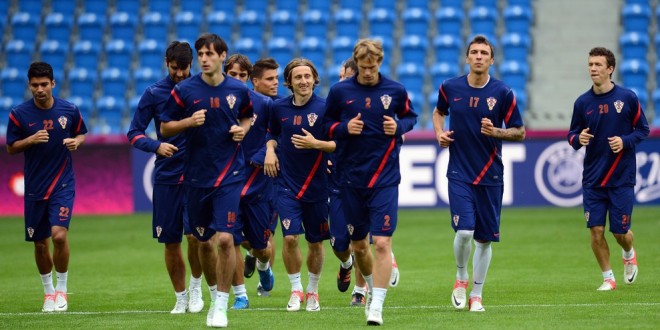 In the same way that strength training for soccer involves more than just lifting weights, improving endurance is more than just building an aerobic base. The typical soccer player has very specific endurance needs. According to soccer apparel vendor Umbro, soccer players spend on average 30% of a game walking, 30-40% jogging and at least 25% of the time running. These require very different modes of training to optimize each. Here are the primary principles of endurance training for soccer:
In the same way that strength training for soccer involves more than just lifting weights, improving endurance is more than just building an aerobic base. The typical soccer player has very specific endurance needs. According to soccer apparel vendor Umbro, soccer players spend on average 30% of a game walking, 30-40% jogging and at least 25% of the time running. These require very different modes of training to optimize each. Here are the primary principles of endurance training for soccer:
Specific
The training should be sport specific and tailored to each type of movement. For example, soccer players will run, and swimmers will swim. Above that, for each phase of the game, soccer players should optimize for walking, jogging, and running.
Overload
The training sessions should be intense enough to create training effort. Unless the player pushes beyond existing levels, they will not see any benefit from the training. Also, even when they do, they need to keep pushing until they reach a target performance level.
Progression
As per the above, when a player keeps pushing, they will eventually reach a point where it will be their new comfort zone. This is why a training program with a progression built-in. There must be targets, along with new targets for when they pass previous milestones.
Recovery
This is the most important of all. Take enough time to recover from training. The above training programs are tough both physically and mentally. The central nervous system can only take so much of a strain.

